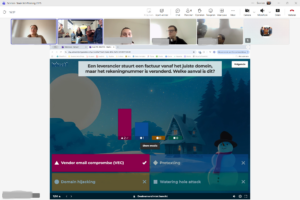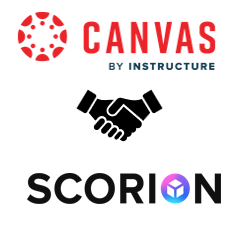Introduction to integrated learning and assessment: A revolution in medical education
Medical education is undergoing a profound transformation, driven by innovative approaches to teaching and assessment. Integrated learning, which combines traditional classroom instruction with digital formats, is opening up exciting new possibilities for effective and flexible medical training (1,4).

The Power of Integrated Learning in Medicine
Integrated learning allows medical students to connect theoretical knowledge with practical experiences in meaningful ways. By blending online resources, interactive simulations, and in-person instruction, complex medical concepts can be conveyed more vividly and understood more deeply. This approach not only enhances comprehension but also improves students’ ability to apply what they’ve learned in real clinical scenarios (2).
Programmatic Assessment: A Paradigm Shift
An innovative concept gaining traction globally is programmatic assessment. This approach moves beyond traditional exams to seamlessly integrate assessment into the learning process itself. Rather than relying on isolated high-stakes tests, programmatic assessment continuously gathers data on student performance and progress (3).
Key elements include:
- Continuous assessment through regular, lower-stakes evaluations
- Timely, constructive feedback loops
- Focus on demonstrating competencies, not just factual recall
- Personalized learning paths based on individual results
Digital Portfolios: Empowering Learners
Digital portfolio platforms, like Scorion, can be powerful tools to support integrated learning and programmatic assessment. They provide students with a central hub to document achievements, reflect on their progress, and showcase their developing competencies (4).
Benefits of digital portfolios include:
- Centralized collection of work samples and assessments
- Opportunities for self-reflection and metacognition
- Longitudinal tracking of competency development
- Flexible, anytime access to promote self-directed learning
Navigating Challenges and Opportunities
While these approaches offer tremendous potential, implementing them requires careful consideration. Medical schools must adapt existing curricula, assessment structures, and technological infrastructure. Faculty development is also crucial to ensure educators can effectively leverage these new methodologies (5).
Conclusion
Integrated learning and programmatic assessment, supported by digital portfolios, have the power to transform medical education fundamentally. By fostering critical thinking, practical skills, and lifelong learning habits, these approaches prepare future physicians to thrive in an ever-evolving healthcare landscape. As medical schools worldwide embrace these innovations, they pave the way for a new generation of doctors equipped to meet the complex challenges of 21st-century medicine.
Sources used for this article
- Integrated Courses – The Medic Portal
- Vertical integration in medical education: the broader perspective | BMC Medical Education | Full Text (biomedcentral.com)
- Integrated Medical Curriculum: Advantages and Disadvantages – PMC (nih.gov)
- ROLE OF INTEGRATED CURRICULUM IN MEDICAL EDUCATION | American University of Barbados (aubmed.org)
- Integrated Learning: Need of the Hour in Medical Education (apibpj.com)



